“We believe that with some help, people can grow closer to music of our age”
Gábor Hollerung, conductor of the Ernő Dohnányi Symphonic Orchestra in Budafok, believes that neither romantic nor emotional music can go out of fashion. Characteristics of old music are also feasible in contemporary musical environment, and audience likes it. He thinks we cannot exist without knowing music of our age, so he finds it extremely important to include contemporary pieces in the orchestra’s repertoire. On the 6th of October, as part of the CAFe Budapest Contemporary Arts Festival, they will dedicate a whole concert to romantic music. There will be pieces of different genres by Bence Kutrik, György Orbán and Levente Gyöngyösi, like a mini opera, a premiere of a violin concerto, and a mass. Gábor Hollerung highlights that contemporary romantic composers pay attention to each other’s works and learn from each other.
Where is the connection between Romanticism and contemporary music?
‘Contemporary Romantic’ is in fact a symbolic name. It refers to composers who believe that musical thinking of many gone centuries is still valid and relevant today. On the turn of the 19-20. century, unresumability related to Wagner, new instruments, tones, musical mechanisms that have never been used before, people felt obliged to throw the past away. However, more and more composers realize today that music between Monteverdi and Wagner isn’t banned from contemporary music at all. They think that a musical thinking that was present in Europe for centuries is still good and rentable. Just like the way we want the overtone and the keynote to be harmonized, or that their relation is the basis of musical thinking. On these foundations, music can be written that resembles more like Classicism and Baroque than Romanticism.

Romanticism was, in its age, inevitably entangled with the birth of national culture. I see three Hungarian composers in the repertoire. Is it a conscious decision?
Every year, we play Hungarian pieces aside foreign ones. The starting point is always the piece itself. If I believe that it is worth showing the audience, then I never hesitate. This is how I chose one of Bence Kutrik’s work. I haven’t really known him as a composer before. We strive for a diverse and enjoyable programme.
How much are we prepared for music that conveys emotions? What is your experience, how does audience react?
I think audience is open, but people are still afraid of not understanding contemporary romantic music, or contemporary music in general. This music, which is entitled to enchant audience, still needs some time to prove that contemporary music is digestible. The whole CAFe Festival is dedicated to this idea. I also give my best support, for example providing explanations of musical pieces, and the Dohnányi Orchestra plays contemporary pieces at every concert, not only lightsome but also harder ones. I think we can’t exist without knowing contemporary music.

Bence Kutrik’s opera, The Immortal Heart, is referred to as a trash thriller opera. What does this stand for?
Bence Kutrik is a perfect example for composers who learn from their peers. He, for instance, from John Williams. His piece is a nod to Harry Potter, but still including his own distinguished mindset. The Opera House commissioned this from the composer, and he created a thriller story which operates with the same playful melodies embedded in classical music, just like in Harry Potter. It is amusing music, just like the storyline, a relatively short one. Harry Potter is a thriller as well. It’s an eternal question, of course, whether a thriller needs ugly music to be a thriller, or is it possible to give enchanting musical forms to convey something. Showing only one face of something is a great method to emphasize its excitement, horror or weirdness. Bence Kutrik has a confident and determined musical thinking and knows what he wants to say.
Who are the two protagonists?
The opera tells the story of two former friends. One of them is hurt and decides to get revenge on the other. They go to the same audition where the bloodthirsty one sells the other to an organ trafficker. The criminal kills the victim. There is one more twist in the story that I won’t reveal now, you should be surprised. The music shows the way how people pretend to be friendly while plotting against each other. Its musical thinking is very similar to Harry Potter, the music not illustrating but counterpointing the events.
This concert will be the premiere of György Orbán’s Violin Concerto.
It is always a great honor to play György Orbán’s works. We were delighted when his family approached us to include the Violin Concerto in the programme. This is a baroque-style piece with a baroque mindset. We have played many pieces of Orbán with the orchestra, for instance on his 70. birthday, which included a whole lot of his life work. We have a close relationship and we are happy for this premiere.

It is said that his music has an intense connection to traditions. Is it true for this piece as well?
Yes, both for the piece and the whole life work. This is a traditional violin concerto with three movements, harmonizing very well with both the instrument and the orchestra. He always includes a jazzy rhythm in his pieces. Orbán used to embody and teach the traditional style, we can say that his leading idea was the Renaissance, Baroque and Romantic dramaturgy in all his life.
How does Levente Gyöngyösi’s mass relate to the genre of opera?
This is a central element of Gyöngyösi’s life work, and I dare to call it marvellous. We have never played it, this is why I chose it for this time. Every work of Gyöngyösi can be related to opera, and it is intriguing that this still young composer already created a life work with The Stork Caliph. We were extremely lucky to present its premiere, just like Image of God which he composed as a remembrance for the 1956 revolution in Hungary, and most recently The Master and Margarita which we even hope to be included in the programme of the Opera House.
This is an interesting mixture of literary and liturgical texts, as parts of the Ecclesiastes interrupt the traditional mass setting. Reading the abstract, I even expect some counterpoints: a wise but disillusioned predicant who interrupt the positive and majestic nature of the mass. Is that right?
Exactly, there are dramaturgical oppositions in it. The predicant even asks God whether he wanted the world to be like this. A message of the piece is that love, reconciliation and peace is consolation for humanity. And there is the deep bass, the predicant, sung by Krisztián Cser, and a soprano solist, Eszter Zemlényi, who is an angel member of the mass choir. I think we go back to the sorrows and joys of The Stork Caliph. The piece has clear lines of musical language, emotions are easy to detect, whether pain or endless joy. Audience will get a lovely piece. It is, otherwise, very hard to perform.

What is, then, the main connection between the three pieces?
For me it’s not that important to connect them. I think a well-chosen concert programme doesn’t have to be coherent but rather diverse, entertaining, with a showcast of various emotions and moods. We are delighted to play such music for as many people as possible.
I know it’s a hard question, but which one is your personal favourite?
Because I premiered a two-third of Gyöngyösi’s life work, I’m very familiar with his style, it feels cozy. Levente is also a great friend and colleague of mine, we are kind of co-fighters. I love to have his work as a task, just like the whole orchestra, as they also know his style very well. Extremely hard but we are already aware of some little secrets and the composer’s mindset.
Who will play with you?
The mass features the Kodály Choir Debrecen, with Eszter Zemlényi as soprano and Krisztián Cser as bass solist. Gabriella Balga and Orsolya Sáfár are the solists of the opera which also includes a silent role. The violin concerto features Bence Gazdag, concert master of our orchestra. Audience knows him well, just like his varied knowledge of styles. Dohnányi Orchestra of Budafok plays all three pieces under my conducting.
Interview: Anna Rácz
Translation: Zsófia Hacsek

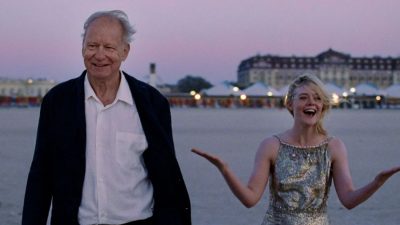
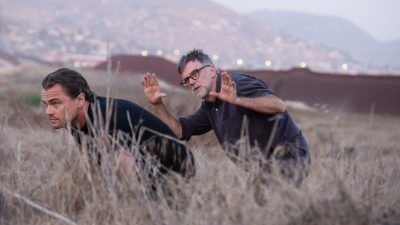
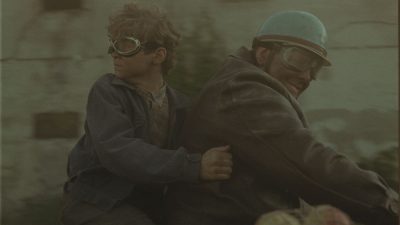



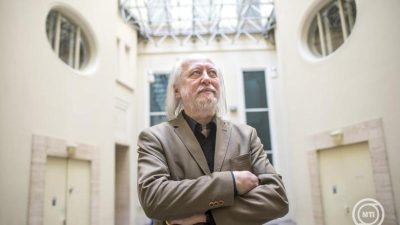





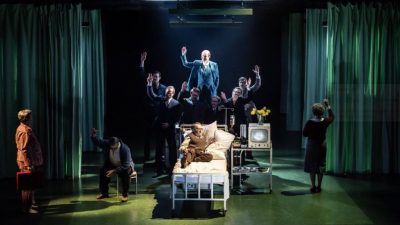
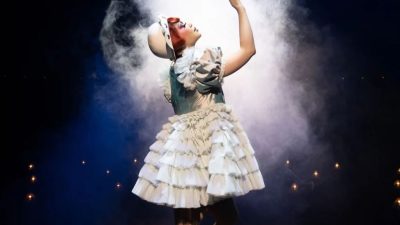
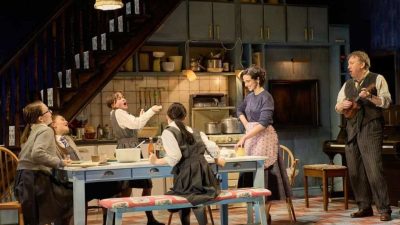
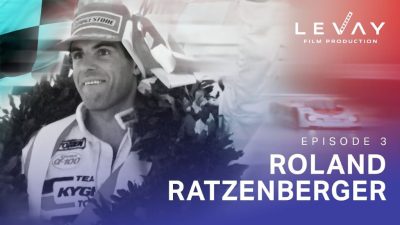








Comments